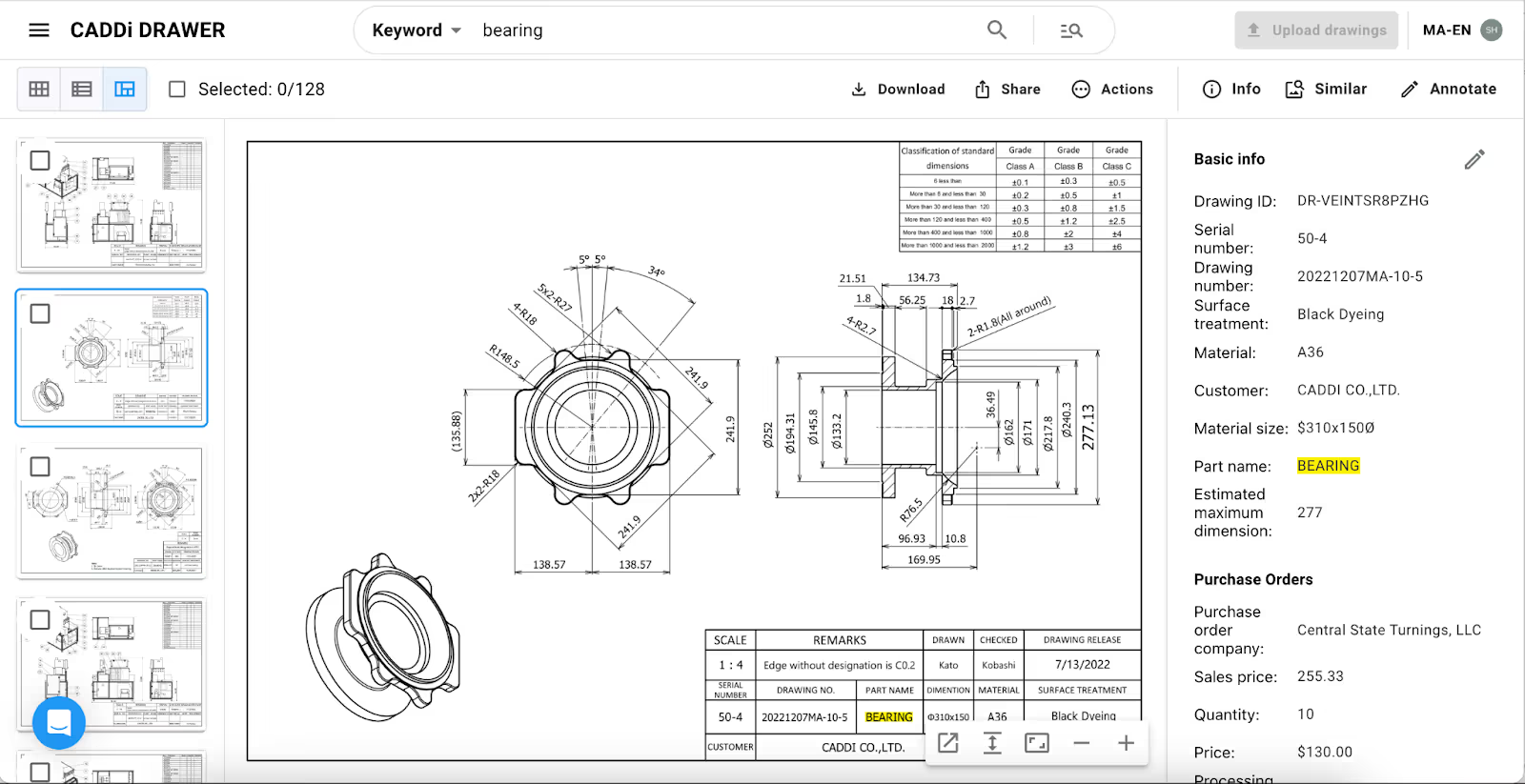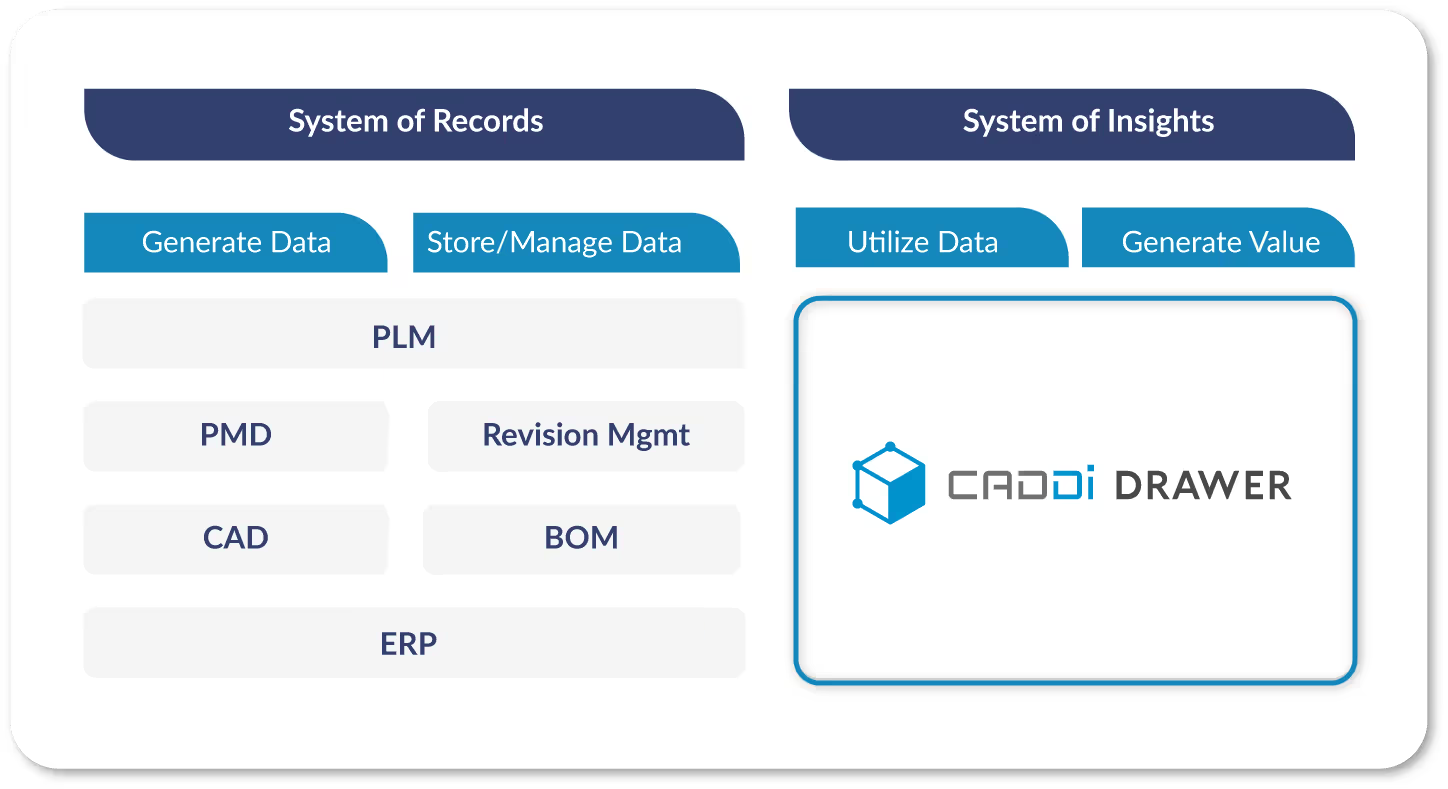Procurement 101: Bullwhip Effect – Why it matters in supply chain management


The Bullwhip Effect might not be a new term, but in today’s volatile market, it’s an essential concept for procurement professionals to understand. As you navigate through the complexities of supply chains, understanding this phenomenon can be the difference between thriving and merely surviving. From the strategic moves of industry giants like Wal-Mart and Unilever to the latest in technological advancements, this guide unveils how to turn the Bullwhip Effect from a challenge into an opportunity.
Understanding the Bullwhip Effect
The Bullwhip Effect refers to a phenomenon within supply chains, both intercompany and intra-company, where demand fluctuations downstream are amplified as they move upstream. This effect is observed as a sequence from retailers to wholesalers, to manufacturers, and finally to suppliers in intercompany scenarios, and from sales departments to procurement, and then to production within a company.
The amplification of demand fluctuations becomes greater the farther it moves from its point of origin, akin to the motion of a whip cracking. Hence, it is aptly named the Bullwhip Effect, illustrating how initial demand changes can lead to progressively larger disturbances as they propagate through the supply chain. This often results in overstocking, which, paradoxically, is followed by a period of demand contraction and subsequent inventory gluts.
The Mechanism behind the Bullwhip Effect in Supply Chains
The key mechanisms that contribute to this effect include:
- Demand Forecast Updating: Companies often update their demand forecasts based on recent order history. Small changes in consumer demand can lead to significant adjustments in forecasts, amplifying orders up the supply chain.
- Order Batching: Businesses may place orders in batches to reduce ordering costs or take advantage of transportation discounts. This can lead to periods of high demand followed by periods of no demand, exaggerating the variability.
- Price Fluctuation: Promotions and discounting practices can cause customers to buy in bulk, which significantly impacts demand patterns. When the promotions end, demand drops, but the supply chain may still be reacting to the earlier high demand.
- Rationing and Shortage Gaming: When product demand exceeds supply, manufacturers may ration products to their customers. In anticipation of such shortages, customers might order more than they need, further distorting the demand signal sent to suppliers.
Key factors contributing to the Bullwhip Effect include the tendency of individuals within organizations to order quantities larger or smaller than needed due to fears of stockouts or excessive inventory.
This is particularly evident when demand slightly increases or decreases, leading departments to think, “Demand might increase further, so let’s order more to avoid stockouts,” or “Demand might drop, so let’s order less to avoid holding too much inventory.” This results in fluctuations being amplified from downstream to upstream, diverging from actual demand.
For instance, sales departments directly interacting with customers might overestimate orders to prevent stockouts, a practice known as “over-ordering.” When over-ordering becomes routine, upstream departments may notice and start discounting the inflated figures from sales forecasts, adjusting production accordingly.
Such practices, repeated across organizations, obscure the true demand, leading to stockouts or excess inventory. Stockouts mean lost revenue opportunities, while excess inventory leads to increased holding costs or waste, pressuring company finances. In companies that produce their goods, this necessitates operating production lines according to volatile demand forecasts, leading to inefficiency as the norm.
The Impact on Supply Chains
Operational Costs: The ripple effect of misjudged demand forecasts stretches far beyond cluttered warehouses. It inflates operational costs dramatically as businesses scramble to manage the surplus. Warehousing expenses swell, not just from the need for extra space but also from the handling and maintenance of inventory that might never see the light of day. Transportation costs soar as companies rush to distribute products, attempting to align with the erratic demand spikes caused by the Bullwhip Effect.
Increased Labor: The labor force feels the strain as well. An uptick in inventory and production levels necessitates a corresponding increase in manpower for order fulfillment and logistics. This uptick often leads to a scenario where the workforce is stretched thin, grappling with the challenges of managing and moving unnecessary stock, thereby elevating labor costs and reducing overall efficiency.
Customer Dissatisfaction: Stockouts and delivery delays are but symptoms of a deeper malaise caused by the Bullwhip Effect, leading to widespread customer dissatisfaction. The inconsistency in product availability not only erodes trust but also pushes customers towards competitors, tarnishing brand reputation and impacting the bottom line.
Waste: Perhaps one of the most glaring consequences of the Bullwhip Effect is the sheer waste it generates. Overproduction and excessive inventory lead to obsolescence, while resources are squandered in a futile bid to meet phantom demand. This not only represents a financial drain but also raises environmental concerns, as unused products contribute to waste.
The semiconductor industry exemplifies the Bullwhip Effect, where rapid shifts in demand lead to significant supply chain disruptions. In recent years, unforeseen events like the COVID-19 pandemic have exacerbated this kind of phenomenon, causing sudden shortages in various categories of goods.
For instance, the onset of the pandemic triggered an unprecedented demand for electronics, medical equipment, and personal protective equipment, leading to global shortages. These situations highlight the Bullwhip Effect’s impact when demand forecasting becomes challenging due to unexpected market shifts, causing companies to overcompensate in their ordering patterns, which in turn leads to inventory glut or shortages down the supply chain.
Strategies to Mitigate the Bullwhip Effect
Collaborative Planning and Forecasting
Embracing collaborative strategies like CPFR (Collaborative Planning, Forecasting, and Replenishment) can significantly dampen the Bullwhip Effect. By fostering a spirit of cooperation and data sharing among supply chain partners, businesses can achieve a more accurate demand forecast, streamline inventory management, and reduce unnecessary costs.
Consolidate Supply Chain Data
In an era where data is king, consolidating supply chain data into a unified platform can offer a panacea to the Bullwhip dilemma. By harnessing big data analytics and AI, companies can improve forecasting accuracy, thereby reducing the risk of inventory mismanagement and associated costs.
Understanding Partner Processes
Building strong relationships and understanding the business processes of partners across the supply chain can offer invaluable insights into demand forecasting. This understanding can lead to more accurate planning, reduced lead times, and a more agile response to market dynamics.
Modern Approaches to Combat the Bullwhip Effect
Technology at the Forefront
Innovative technologies, including AI and cloud manufacturing, present new avenues to address the challenges posed by the Bullwhip Effect. By enabling real-time data analysis and fostering greater visibility across the supply chain, these technologies can mitigate demand signal amplification and improve operational efficiency.
Real-Time Data and Analytics
Leveraging real-time data and advanced analytics can revolutionize procurement strategies. By moving away from reliance on historical order data to more current and predictive data models, procurement managers can make informed decisions that align closer with actual market demand, thereby reducing the likelihood of overstocking or stockouts.
Transformative Strategies in Action
Wal-Mart’s Supply Chain Mastery
Wal-Mart, a retail giant, stands as a testament to the power of information sharing and technology in combating the Bullwhip Effect. By implementing an advanced inventory management system that integrates real-time point-of-sale (POS) data, Wal-Mart achieves near-perfect demand visibility. This system allows for an efficient replenishment strategy, reducing inventory levels by an estimated 10-15% and cutting down supply chain costs significantly. The key takeaway here is the strategic use of real-time data to streamline operations and reduce excess inventory.
Unilever’s Collaborative Forecasting
Unilever showcases the strength of collaborative planning with its suppliers and retailers. Through shared data platforms, Unilever aligns its production schedules closely with actual market demand, reportedly improving forecast accuracy by up to 20%. This collaboration reduces lead times and minimizes stockouts, showcasing the critical role of partnerships in supply chain efficiency.
How CADDi Drawer Can Help
CADDi Drawer, a cutting-edge digital platform designed for the manufacturing and procurement sectors, directly addresses the pressing challenges in data management within supply chain management. Its capabilities can provide an innovative solution to many of the hurdles discussed earlier, particularly those related to data inconsistency, fragmentation, and the lack of a centralized system for data sharing and analysis.
Streamline activities in the procurement process
The following features enable you to streamline the time-consuming tasks of data collection and organization in procurement operations.
- Price data and supplier information can be automatically linked to each drawing and can also be exported together.
- By using keyword searches combined with similarity searches, the time spent searching for drawings and data in procurement tasks can be reduced.

Enhancing Collaboration and Standardization
Collaboration and standardization across the supply chain are crucial for overcoming visibility challenges. CADDi Drawer fosters collaboration by enabling easy sharing and access to data among all supply chain participants. This collaborative environment ensures that everyone is on the same page, enhancing coordination and efficiency. Additionally, the platform supports data standardization, which is vital for integrating data from diverse sources and ensuring that it is comparable and actionable.
CADDi Drawer serves as a System of Insights (SoI), designed to leverage data primarily managed and stored by Systems of Records (SoR), like those represented by ERPs. Utilizing data stored in SoRs and data extracted and structured from drawings by CADDi Drawer, it supports procurement intelligence processes, including analyses and data processing for supplier selection and management, RFQ creation, and quote evaluations.

Table of Contents

Ready to see CADDi Drawer in action? Get a personalized demo.
Subscribe to our Blog!
Related Resources












.svg)



.svg)
.svg)
.svg)


